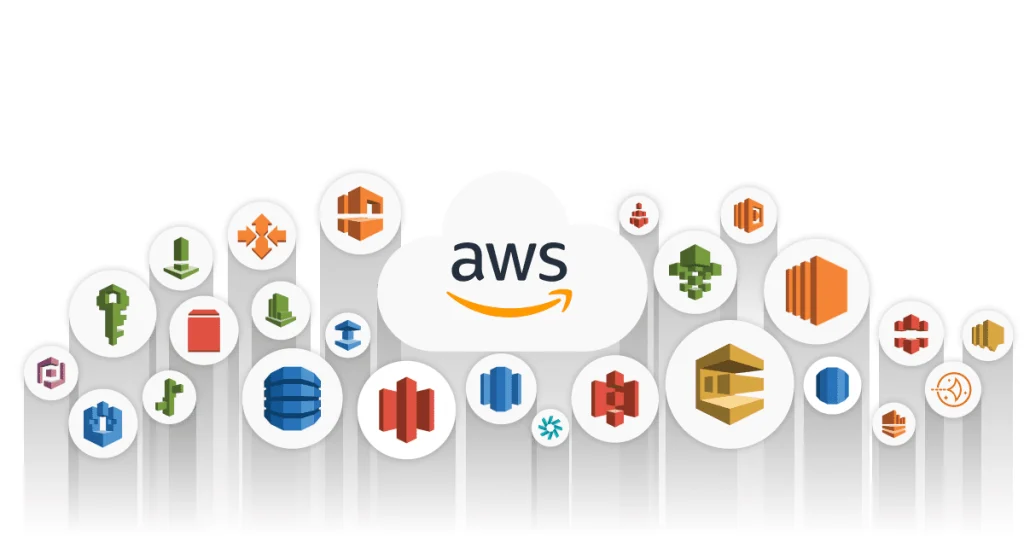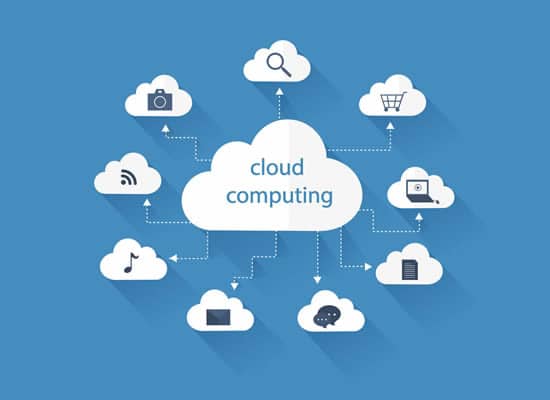The acronym for Amazon Web Services is AWS. It is a group of cloud computing services that utilizes the same technical foundation as Amazon’s e-commerce site. AWS provides a wide range of global computing, storage, database, analytics, application, and deployment services that assist businesses in moving more quickly, cutting expenses associated with IT, and scaling applications.
In order for Amazon to lease out its extra processing power, AWS was introduced in 2006.
AWS is a popular option for companies of all sorts, from little startups to enormous corporations. The platform has an extensive range of features and services and is scalable and dependable.
What is AWS?

The cloud computing services offered by Amazon Web Services (AWS) are powered by the same infrastructure that Amazon.com employs for its online store. AWS provides a wide range of international computing, storage, the database, analytics, application, and deployment solutions that assist businesses in moving more quickly, cutting expenses associated with IT, and scaling applications.
In order for Amazon to lease out its additional computational power, AWS was introduced in 2006.
History of AWS
- 2006: AWS was launched in 2006 as a way for Amazon to rent out its spare computing capacity. The first service offered was Amazon Simple Storage Service (S3), a service that provides object storage for data.
- 2007: AWS added Amazon Elastic Compute Cloud (EC2), a service that provides virtual machines (VMs) that you can use to run your applications.
- 2008: AWS added Amazon Relational Database Service (RDS), a service that provides managed relational databases.

Services offered by AWS
Here are some of the most popular AWS services:
- Compute services: EC2, Elastic Beanstalk, Lambda
- Storage services: S3, EBS, EFS
- Database services: RDS, DynamoDB, Redshift
- Analytics services: Athena, Redshift Spectrum, QuickSight
- Application services: API Gateway, AppSync, ECS
- Deployment services: CodePipeline, CodeDeploy, CodeBuild
Benefits of using AWS

Here are some benefits of using AWS:
- Scalability: You may quickly add or delete resources as needed since AWS is very scalable. This is crucial for companies dealing with varying demand.
- Reliability: AWS has a 99.99% uptime SLA, which makes it highly reliable. This indicates that the most of the time, your apps will be functional.
- Security: With several tools for protecting your data, AWS is secure. This is crucial for companies that deal with sensitive data.
- Cost-effectiveness: AWS has a pay-as-you-go pricing strategy, making it economical. You only pay for the resources that you really use, based on this.
- Global reach: There are 82 availability zones and 26 locations worldwide wherein AWS is available. This implies that users from across the world may access your apps.
Pricing of AWS
| Service | On-demand pricing | Reserved pricing | Spot pricing | Prepaid pricing |
|---|---|---|---|---|
| Amazon Elastic Compute Cloud (EC2) | Hourly rate for each instance type | Upfront payment and hourly rate | Based on the current spot price | Upfront payment and hourly rate |
| Amazon Simple Storage Service (S3) | Storage costs and data transfer costs | Storage costs and data transfer costs | Based on the current spot price | Storage costs and data transfer costs |
| Amazon Relational Database Service (RDS) | Hourly rate for each database instance type | Upfront payment and hourly rate | Based on the current spot price | Upfront payment and hourly rate |
| Amazon Elastic Kubernetes Service (EKS) | Hourly rate for each node | Upfront payment and hourly rate | Based on the current spot price | Upfront payment and hourly rate |
| Amazon SageMaker | Hourly rate for each training job | Upfront payment and hourly rate | Based on the current spot price | Upfront payment and hourly rate |
Security of AWS
The safe cloud computing platform AWS provides a variety of security safeguards to safeguard your data. AWS offers the following security features:
- Physical security: AWS data centers are located in secure facilities that are protected by 24/7 surveillance, guards, and other security measures.
- Data encryption: AWS encrypts your data at rest and in transit. This means that your data is protected even if it is stolen or intercepted.
- Identity and access management (IAM): IAM allows you to control who has access to your AWS resources. You can create and manage users, groups, and permissions to ensure that only authorized users can access your data.
- Logging and auditing: AWS provides logging and auditing capabilities so that you can track who accessed your data and when. This can help you to identify and investigate security incidents.
- Compliance: AWS is compliant with a number of security standards, including ISO 27001, SOC 2, and PCI DSS. This means that AWS has met the requirements of these standards to protect your data.
- Security best practices: AWS follows security best practices to protect your data. These best practices are based on industry standards and are designed to minimize the risk of security incidents.
Conclusion
- AWS is a cloud computing platform that offers a broad set of services, including compute, storage, database, analytics, application, and deployment services.
- AWS is highly scalable, so you can easily add or remove resources as needed.
- AWS is highly reliable, with a 99.99% uptime SLA.
- AWS is secure, with a number of features to protect your data.
- AWS is cost-effective, with a pay-as-you-go pricing model.
- AWS is available in 26 regions and 82 availability zones around the world.
- AWS is constantly innovating, adding new services and features.
- AWS has a large and experienced team of engineers who can help you to get started with AWS and to use it effectively.
- There is a large and active community of AWS users who can help you to solve problems and to learn about AWS.
- AWS provides comprehensive documentation for all of its services.
- AWS offers a variety of training courses for its services.
FAQs
AWS stands for Amazon Web Services. It is a cloud computing platform that offers a broad set of services, including compute, storage, database, analytics, application, and deployment services.
AWS pricing is based on a pay-as-you-go model, which means that you only pay for the resources that you use. This can be a cost-effective way to use AWS, especially if you have fluctuating demand.
If you are interested in getting started with AWS, I recommend that you visit the AWS website and learn more about the platform. You can also sign up for a free trial to test out AWS services.
Related posts:
- AMC Full Form: Benefits, Components, Needs, Advantage
- ORS Full Form: Dehydration, Myths, Flavors, Varieties & Facts
- PCC Full Form: Importance, Types, Application Process
- PAN Full Form: Legal Provisions, Regulations,
- BRB Full Form: Productive, Routine, Distractions
- MCD Full From: Introduction, Responsibility, Challenges
- CT Scan Full Form: Scans, price, Advantages
- USA Full Form: History, Economics,Technology, culture




















